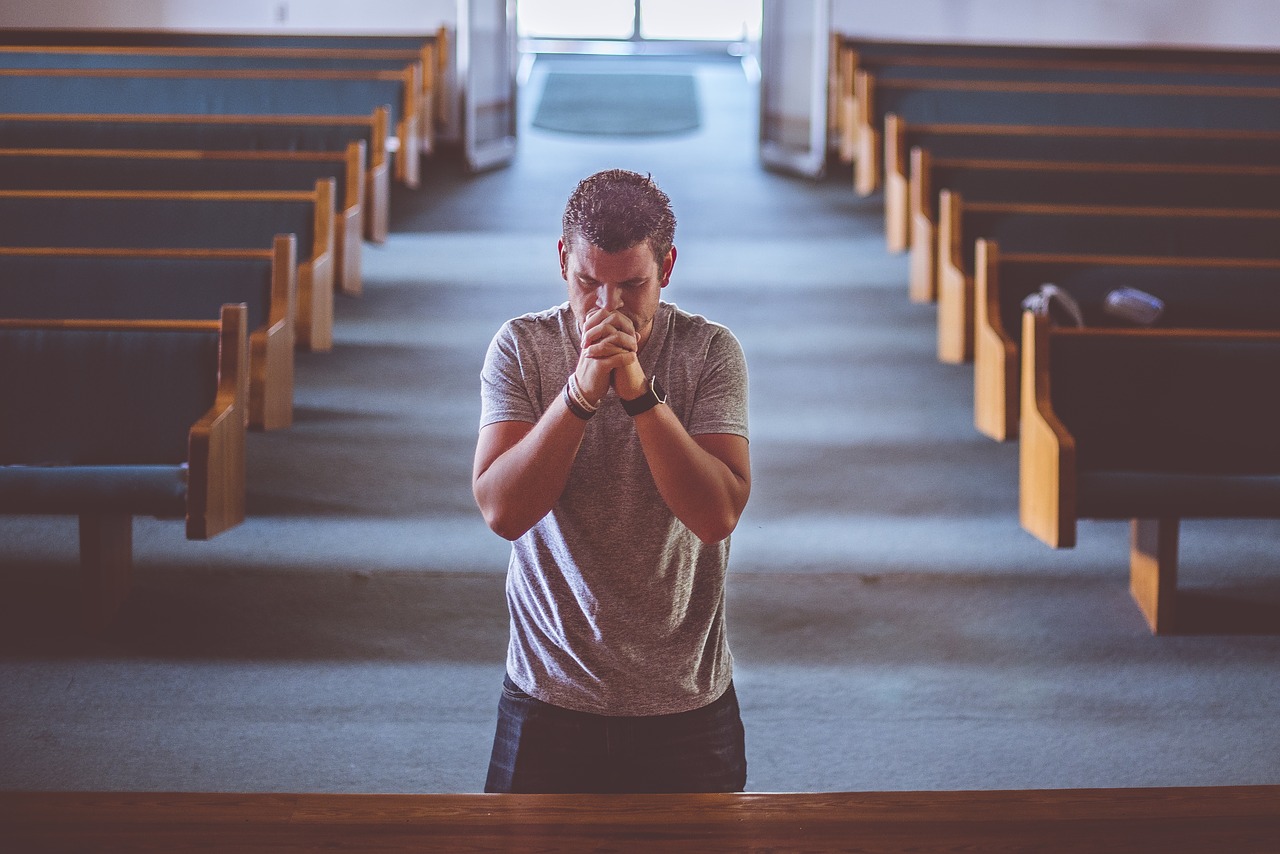
Kübler-Ross model – stages of grief
Before I started the Cruse course on bereavement listening (now I know that officially we will not be counsellors, so I will try to avoid the term) I did go back to my summer reads and read the remaining three books by Elisabeth Kübler-Ross and David Kessler (“On Death and Dying“, “On Grief and Grieving” and “Life Lessons“). Kübler-Ross developed a model for grief stages called “Five Stages of Grief” by conducting interviews with terminally ill patients so it’s worth remembering that the origin of the theory is quite specific and might not apply to all. Additionally after her first book she also made a clear statement that the stages do not have to appear in the order described by her, might vary and the stages model is really only orientational. Of course, a lot more research is needed to even call it a solid theory, but it is a really good start of one. It is still often used for reference with that sidenote though, simply because the society we live in still considers talking about death, grief, bereavement as tabu. We have very few models to work with and so even this is a great start really.
Here it is as described on Wikipedia:
he stages, popularly known by the acronym DABDA, include:
- Denial – The first reaction is denial. In this stage, individuals believe the diagnosis is somehow mistaken, and cling to a false, preferable reality.
- Anger – When the individual recognizes that denial cannot continue, they become frustrated, especially at proximate individuals. Certain psychological responses of a person undergoing this phase would be: “Why me? It’s not fair!”; “How can this happen to me?”; “Who is to blame?”; “Why would this happen?”.
- Bargaining – The third stage involves the hope that the individual can avoid a cause of grief. Usually, the negotiation for an extended life is made in exchange for a reformed lifestyle. People facing less serious trauma can bargain or seek compromise. For instance: “I’d give anything to have him back.” Or: “If only he’d come back to life, I’d promise to be a better person!”
- Depression – “I’m so sad, why bother with anything?”; “I’m going to die soon, so what’s the point?”; “I miss my loved one, why go on?”
During the fourth stage, the individual despairs at the recognition of their mortality. In this state, the individual may become silent, refuse visitors and spend much of the time mournful and sullen. - Acceptance – “It’s going to be okay.”; “I can’t fight it; I may as well prepare for it.”
In this last stage, individuals embrace mortality or inevitable future, or that of a loved one, or other tragic event. People dying may precede the survivors in this state, which typically comes with a calm, retrospective view for the individual, and a stable condition of emotions.
Even just looking at the list I can imagine that everyone is different and might not travel exactly through all those specific stages, but as a linguist I am happy that someone even attempted to investigate grief and name some of the typical reactions to death at all. It’s a great start for me and for the course too. Glad i read the books.




